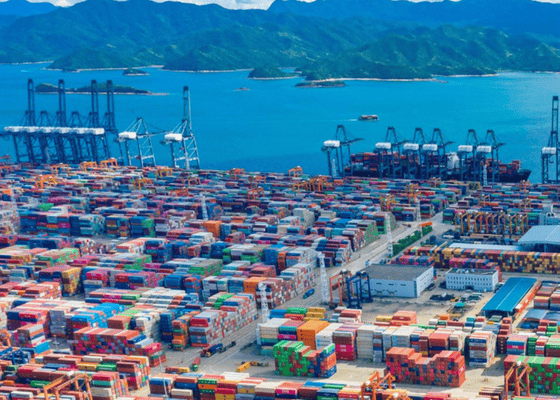Doing Business Guide: China
China has the world’s largest middle class. Recently, China has been shifting its economy toward higher quality growth driven by technology, domestic consumption and the expanding green economy sector.
15 October 2024

Expanding a business internationally requires extensive knowledge and preparation. This guide will help build your China business capability so you can increase your chances of commercial success and avoid common traps. The China Doing Business Guide is your starting point on this journey. Asialink Business also offers training programs and other resources to support your business goals.
Explore the guide:
Uncover key insights and practical guidance designed to help Australian businesses understand, enter and thrive in the Chinese market. Select a chapter below to learn more.



